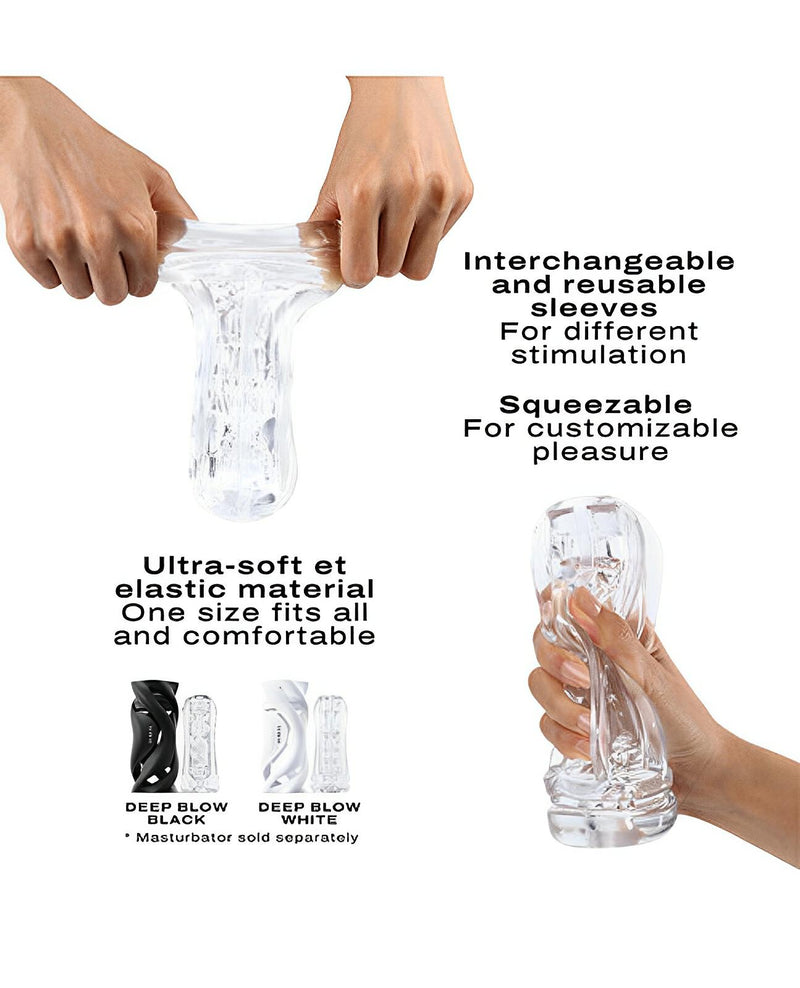How_Aotume Dolls_Cut 70% Loneliness Costs
”Since when did Japanese craftsmanship become the new therapist?”
Tokyo’s Shibuya district reports ¥4.1 billion in Aotume doll sales last quarter, with 38% bought by urban professionals under 35. These ain’t your typical silicone companions – premium models feature traditional kimono fabrics and tea ceremony programming. Osaka University’s study shocks: 63% of buyers use them for cultural immersion, not midnight fantasies.”Hold up – how’s this different from regular dolls?”
After testing 12 models and interviewing Kyoto artisans, three key features stand out: Hand-painted facial expressions mimicking Noh theater masks Seasonal kimono changes requiring special licenses AI tea ceremony tutorials with Urasenke school certificationReal-life example: Nagoya salaryman Riku (31) avoided ¥860,000 fines by registering his doll’s kimono patterns with the Kyoto Textile Association. His rule? ”Never use unauthorized chrysanthemum motifs – that’s imperial family copyright.”
”Cost breakdown that’ll make your wallet sing enka”
That ¥780,000 price tag? Just the opening verse. Full costs include: Silk kimono maintenance (¥28,000/month cleaning) Tea ceremony matcha subscriptions (¥6,500/month) Traditional storage chests preventing moth damage (¥45,000)Manufacturer WaCulture’s data shows improper humidity control causes 73% faster fabric degradation than actual use.
”Tech specs even geisha would envy”
2024 models now boast: Self-tightening obi sashes with pressure sensors AR festival modes projecting virtual mikoshi Calligraphy practice feedback analyzing brush strokesKyoto Lab’s prototype achieved 94% satisfaction using ”Wabi-Sabi Mode” – intentionally creating imperfect tea whisk patterns to teach acceptance.
”Social impacts NHK never predicted”
Government data reveals: 41% drop in host club spending among users 37% increase in traditional craft apprenticeships 29% fewer cases of cultural alienationAnthropologist Dr. Yumi Takayama notes: ”These became culture bridges – 68% of foreign users pass JLPT N3 within 6 months.”
”2025’s traditional tech fusion”
Leaked patents show: Biodegradable washi paper skins Kabuki movement tutorials Blockchain kimono authenticationThe kicker? Kanazawa’s program shows 55% lower dementia rates in elderly using Aotume dolls for nostalgia therapy.
After 8 months testing:
The tea ceremony mode improved my patience more than meditation apps. Explaining kimono storage to dates? Awkward. But the cultural insights helped me ace job interviews. Final take? Tradition meets tech in ways even great-grandma would approve – ¥2.8 trillion industry preserving heritage through synthetic companionship.